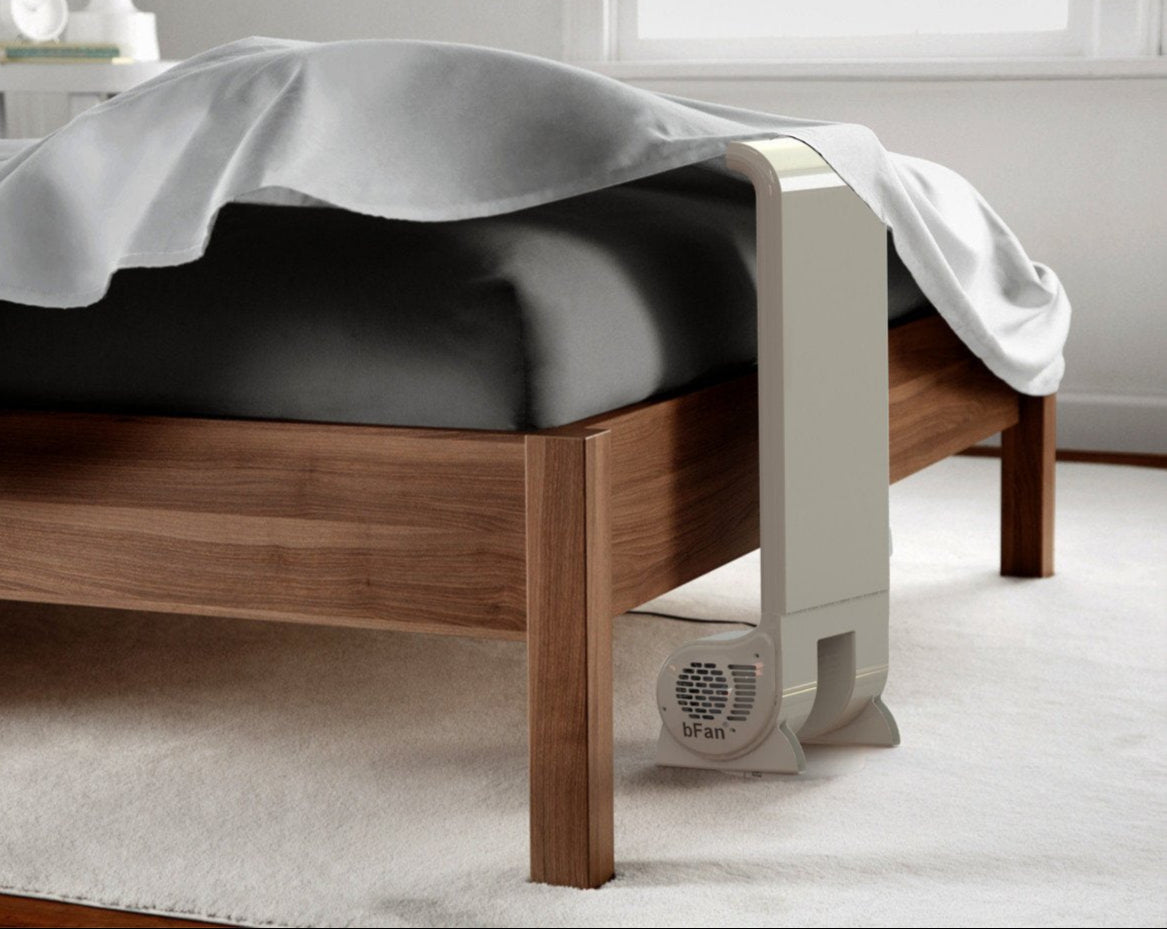The Environmental Impact of Air Conditioning
Air conditioning has become an indispensable part of modern life, providing comfort and safety in increasingly hotter climates. However, it is important to understand the environmental impact associated with its widespread use. Primarily, air conditioning units consume significant amounts of electricity, contributing to increased energy demand. This energy is often generated from fossil fuels, leading to higher carbon dioxide emissions, which are a major contributor to global warming.
Moreover, air conditioners contain refrigerants that, when leaked, can be potent greenhouse gases with a much greater capacity to trap heat in the atmosphere than carbon dioxide. Older units, in particular, may use chlorofluorocarbons (CFCs) or hydrochlorofluorocarbons (HCFCs), both of which deplete the ozone layer in addition to their global warming potential.
Additionally, the production and disposal of air conditioning units involve resource extraction and waste generation. The manufacturing process requires raw materials like copper, aluminum, and plastics, which can have detrimental effects on the environment due to mining and production wastes. At the end of their lifespan, improperly disposed air conditioners can release harmful chemicals into the environment, contributing to soil and water pollution.
As the demand for air conditioning rises globally, it is crucial to explore sustainable alternatives and improvements. Innovations such as energy-efficient units, the use of eco-friendly refrigerants, and the integration of renewable energy sources can mitigate some of the adverse environmental impacts. Public policies and individual actions that promote energy conservation and alternative cooling techniques are also vital in addressing the environmental consequences of air conditioning.
One eco-friendly alternative to traditional air conditioning is the Bedfan. The Bedfan operates by gently blowing cool air directly underneath the covers, creating a comfortable sleeping environment without the need to cool the entire room. This targeted cooling approach results in significantly lower energy consumption compared to air conditioning units, thereby reducing the demand for electricity and decreasing carbon dioxide emissions.
Moreover, the Bedfan eliminates the reliance on refrigerants, avoiding the environmental hazards associated with their production, leakage, and disposal. The absence of harmful chemicals makes the Bedfan a safer option for both the environment and human health. Additionally, the device's compact size and relatively simple manufacturing requirements mean that it uses fewer raw materials and generates less waste over its lifespan, further minimizing its ecological footprint.
Incorporating the Bedfan into the bedroom cooling strategy can be an effective way to promote sustainable living. By opting for energy-efficient and environmentally friendly solutions like the Bedfan, individuals can contribute to the global effort to reduce greenhouse gas emissions and mitigate the adverse environmental effects linked to traditional air conditioning systems.
Share

